The Royal Tea Ceremony was held at Di Nhien Duong (Di Nhien: Natural nourishment). Di Nhien Duong House, along with Cam Xuan Duong, Ham Xuan Hien, Vinh Phuong Hien, are the structures located on four sides of the unique architectural model "Van Tu Hoi Lang", which means there is a "Van" shaped corridor in the middle of Thieu Phuong Garden. Thieu Phuong Garden is one of the typical Royal Gardens of the Nguyen Dynasty. The garden was built in 1828, under the reign of King Minh Mang and is located in the East inside the Forbidden City.
Through the ups and downs of history, the garden was gradually abandoned and narrowed. By the time of King Khai Dinh, the main works of the garden were completely destroyed and left in a state of disrepair. In addition, new works appeared, changing most of the architecture surrounding the area of this relic. In 2002, the Hue Monuments Conservation Center coordinated with the Vietnam Museum of History to conduct an archaeological excavation, with the project "Conservation and adaptive restoration of Thieu Phuong garden", this was the first step to awaken Thieu Phuong garden after a long period of disrepair. Currently, the appearance of Thieu Phuong garden has been restored.
 |
Miss Universe Vietnam-Miss Cosmo Vietnam 2023 Xuan Hanh is proud to attend the program. |
During their lifetime, the first kings of the dynasty such as Minh Mang, Thieu Tri, and Tu Duc often came to this garden to enjoy tea and write poetry. In the Royal Poetry Collection, these kings composed hundreds of poems about Thieu Phuong garden and its architecture and landscapes. In this garden and the nearby Co Ha garden, many poetic activities of the king and his courtiers took place.
In 1844, Thieu Phuong Garden was ranked by King Thieu Tri as the second scenic spot of the Imperial City in the King's poem collection Ngu De Danh Thang Do Hoi Thi Tap, associated with the poem "Vinh Thieu Phuong Van" and the glass painting (mirror painting) currently on display at the Hue Royal Antiquities Museum. That historical information is the basis for choosing the location to organize the reenactment of Royal Tea Ceremony at Thieu Phuong Garden, creating the premise for regularly organizing practical experience activities for visitors to the Imperial City to understand the quintessence of Vietnamese Tea Ceremony in the form of Royal Ceremony.
Restoring space, recreating the form of Royal Tea House
From cultural and historical artifacts, the tea-drinking space displays pairs of parallel sentences written by King Thieu Tri from his poems in the form of parallel sentences in the ancient palace; displays bone-inlaid poems (the poem Vu Trung Son Thuy - Non Nuoc Trong Mua - a unique wordplay poem by King Thieu Tri, 56 words can read 64 poems; the poem Man Ca - a random song - a philosophical poem about the life of King Tu Duc; the Nom poem Mung Dang Mua - a poem expressing King Tu Duc's joy when praying for rain, the joy of farming; the poem Tan Thieu Thi But - Thu But Dau Nam by King Thanh Thai written about the scenery of Than Kinh, favorable weather and the hope of a bountiful harvest).
The space also displays calligraphy on Zen poetry by medieval authors (such as Ly Thai Tong; Zen master Man Giac, Tue Trung Thuong Si; Nguyen Phuc Chu; Emperor Thieu Tri; Nguyen Du; Nguyen Phuc Mien Tham); In particular, there are 2 mirror paintings by Mr. Nguyen Phuoc Hai Trung, a famous researcher on Hue, drawn based on the engravings of the Ministry of Public Works of the Nguyen Dynasty printed in 1844, namely Binh Lanh Dang Cao (Dang Cao on Ngu Binh Mountain) and Huong Giang Hieu Phiem (Morning boat ride across the Perfume River), which are the scenic spots of the ancient capital ranked by King Thieu Tri in 1844.
Scene of the king holding a tea party to entertain his courtiers and guests; while drinking tea, the king and his officials recite poems, together composing a seven-word eight-line poem about tea drinking in times of peace ; The king orders the musicians and singers to recite the poem that the king and his officials have just composed; In high spirits, the king invites his officials and guests to enjoy the elegant music pieces that the musicians have just compiled (small music of the Phu Luc Dich; royal dance of the Trinh Tuong Tap Khanh; Hue singing of the Royal Palace's fragrant tea).
“Phu luc dich” is a small piece of music that serves the life and activities of the royal palace, played during court banquets and welcoming ambassadors… The Dich (i.e. flute) plays the main role and is combined synchronously and rhythmically with a number of other instruments such as tam, ty, nhi, nguyet, drum, sanh tien… so it is called Phu luc dich.
 |
The Four Pillars of Heaven perform the Trinh Tuong Tap Khanh to celebrate the king's birthday. |
“Trinh tuong tap khanh” is a royal dance of congratulation. In the dance, the four heavenly pillars represent the Jade Emperor and come down to earth to congratulate the king on his birthday. They hold four parallel sentences with congratulatory messages: Longevity of the Emperor / Live long / Congratulations from all directions / Good omens presented.
 |
Singer performs "Royal Palace's Fragrant Tea". |
“Ngu Huong Tra Ngat Hoang Cung” is a Hue song newly composed according to the Pham Tuyet song. Ngu Huong Tra means tea of the king and also tea of the Ngu mountain and Huong river, imbued with the culture of the Capital.
 |
The king offered royal tea to his ministers. |
Finally, the king served tea to the officials and presented tea to the guests and declared the tea ceremony over (after which the attendees continued to chat and stroll in the Thieu Phuong garden).
Five Vietnamese Tea Recipes - Theoretical foundation for Vietnamese Tea Recipes affirms that Tea is the "National Drink of Vietnam"
 |
Tea ladies make tea at the Royal Tea Ceremony. |
Vietnamese tea culture has existed since ancient times, closely linked to the history of the nation. It represents five typical forms of tea enjoyment of the Vietnamese people, symbolizing five qualities: truth-goodness-beauty-wisdom-refinement. The diversity in the way of enjoying tea shows the richness and depth of Vietnamese tea culture. It is the encapsulation of the national identity of the multi-consciousness and deep awareness in the interpersonal relationships of the Vietnamese people. The diversity of the ways of enjoying tea of the Vietnamese people is expressed through "Five Vietnamese Tea Consciousnesses" :
- Moc Thuc: This is a popular style of tea drinking of Vietnamese people who do not place too much emphasis on the sophistication of tea drinking. Moc Thuc takes simplicity and simplicity as its foundation.
- Etiquette : Is a sophisticated way of enjoying tea. This style requires the tea drinker to have a certain understanding of tea, from the way of drinking to the type of tea, tea utensils... Etiquette emphasizes the beauty and sophistication of Vietnamese tea.
- Royal style: This is the way of enjoying tea in the royal court reserved for kings and royalty in the past. Royal style is the essence of Vietnamese tea.
- Mindfulness: Is a way of enjoying tea that aims at tranquility and contemplation. Mindfulness aims at building a calm mind and nurturing the good nature of Vietnamese people.
- Thuc thuc : Enjoying tea combined with reading books and appreciating art enriches the intellect and soul of Vietnamese people. Thuc thuc symbolizes the intellect of Vietnamese people.
In recent years, Doi Dep Brand has always been a pioneer, with aspirations and national pride, making constant efforts to spread along with the ups and downs of the Vietnamese Tea industry to enhance the value of Vietnamese Tea and promote the economy and international diplomacy . Along with the flow of national culture full of identity, Vietnamese Tea Culture is constantly preserved and expanded, integrated and spread to friends around the world.
 |
"Royal Tea Ceremony, one of the five tea ceremonies". |
With these meaningful activities, Vietnamese tea culture is not only honored but also becomes a symbol of peace, stability, cooperation and development. Through this, Vietnam conveys the nation's eternal dream of a peaceful world, where cultural identity is spread and accepted in friendship, preserving cultural and historical values, educating the young generation to be proud of and aspire for Vietnam in the new era.
Source: https://nhandan.vn/tai-hien-nghi-thuc-ngu-tra-hoang-cung-tai-di-tich-co-do-hue-post875668.html



![[Photo] Funeral of former President Tran Duc Luong in Quang Ngai](https://vphoto.vietnam.vn/thumb/1200x675/vietnam/resource/IMAGE/2025/5/25/ccf19a3d8ea7450bb9afe81731b80995)
![[PHOTO] Hanoi fences off demolition of "Shark Jaws" building](https://vphoto.vietnam.vn/thumb/1200x675/vietnam/resource/IMAGE/2025/5/25/1b42fe53b9574eb88f9eafd9642b5b45)
![[Photo] Welcoming ceremony for Prime Minister Pham Minh Chinh and his wife on an official visit to Malaysia](https://vphoto.vietnam.vn/thumb/1200x675/vietnam/resource/IMAGE/2025/5/25/dc30203c3ae24da3990266ec3b29bb2d)
![[Photo] Ea Yieng commune settlement project abandoned](https://vphoto.vietnam.vn/thumb/1200x675/vietnam/resource/IMAGE/2025/5/25/57a8177361c24ee9885b5de1b9990b0e)
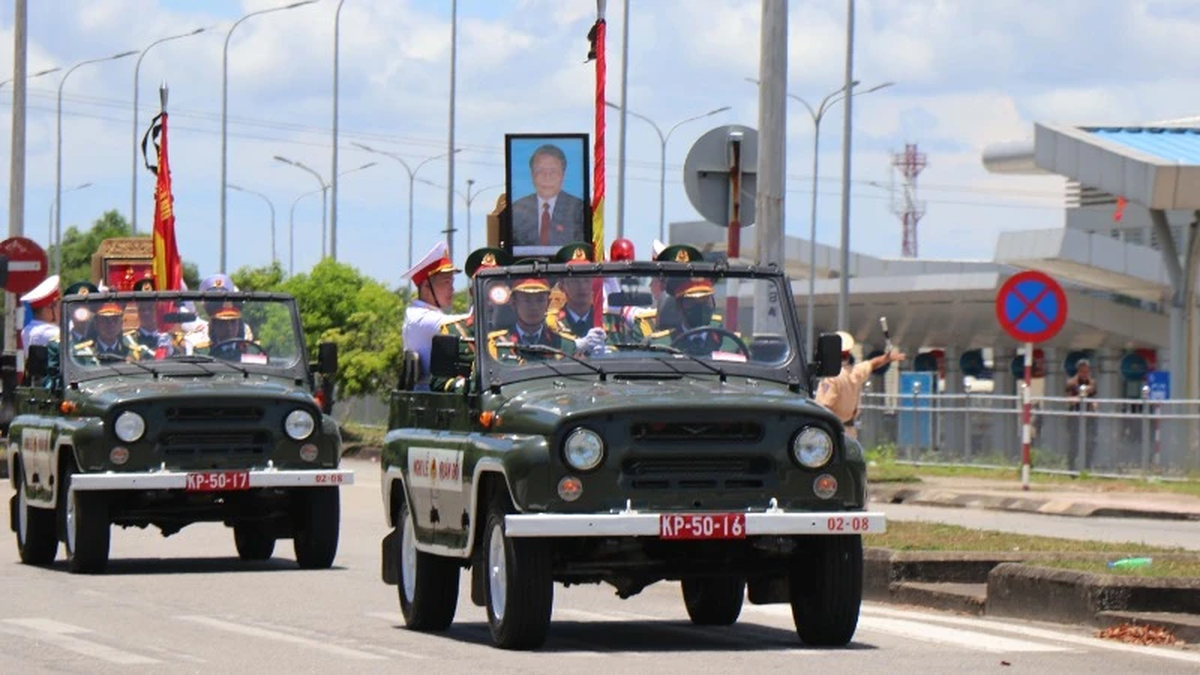
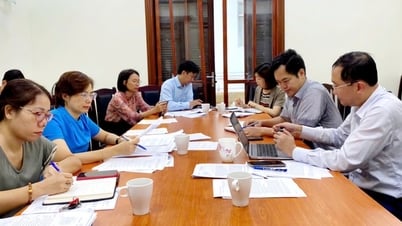

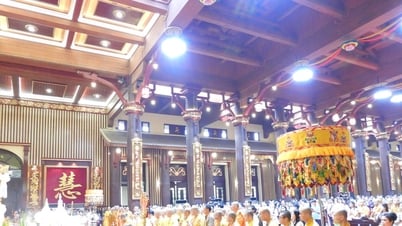



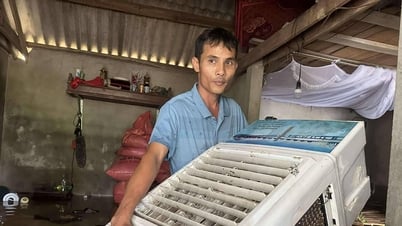
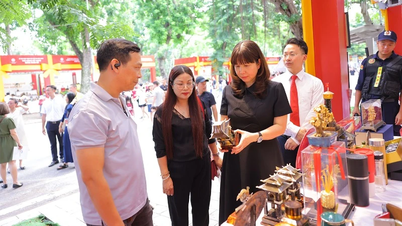





![[Photo] Ea Yieng commune settlement project abandoned](https://vphoto.vietnam.vn/thumb/402x226/vietnam/resource/IMAGE/2025/5/25/57a8177361c24ee9885b5de1b9990b0e)
![[PHOTO] Hanoi fences off demolition of "Shark Jaws" building](https://vphoto.vietnam.vn/thumb/402x226/vietnam/resource/IMAGE/2025/5/25/1b42fe53b9574eb88f9eafd9642b5b45)
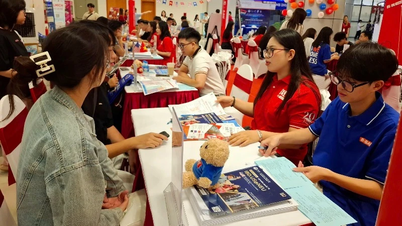

![[Photo] Funeral of former President Tran Duc Luong in Quang Ngai](https://vphoto.vietnam.vn/thumb/402x226/vietnam/resource/IMAGE/2025/5/25/ccf19a3d8ea7450bb9afe81731b80995)
![[Photo] Welcoming ceremony for Prime Minister Pham Minh Chinh and his wife on an official visit to Malaysia](https://vphoto.vietnam.vn/thumb/402x226/vietnam/resource/IMAGE/2025/5/25/dc30203c3ae24da3990266ec3b29bb2d)




























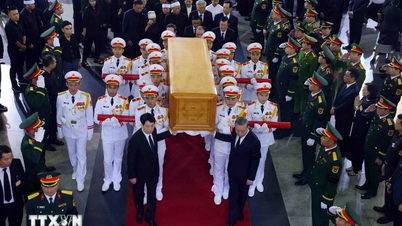
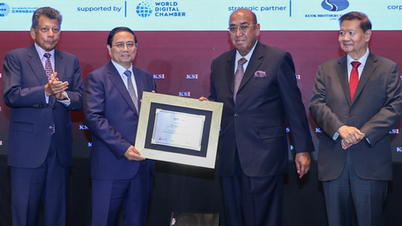
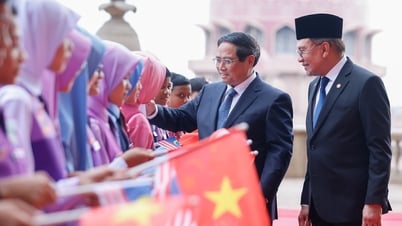
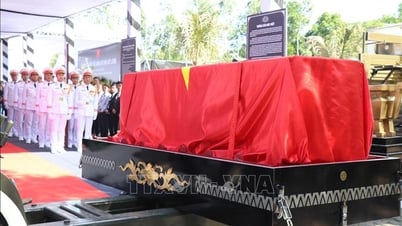


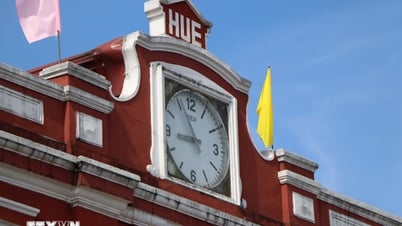








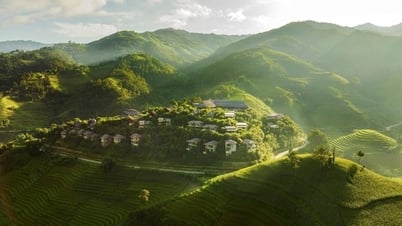



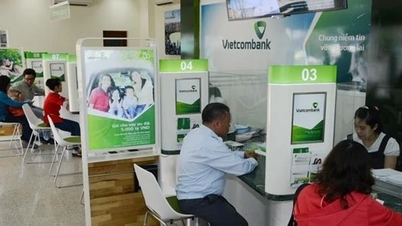

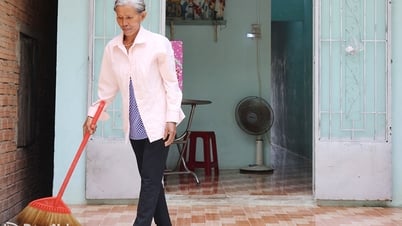

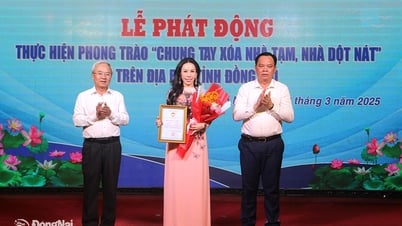









Comment (0)